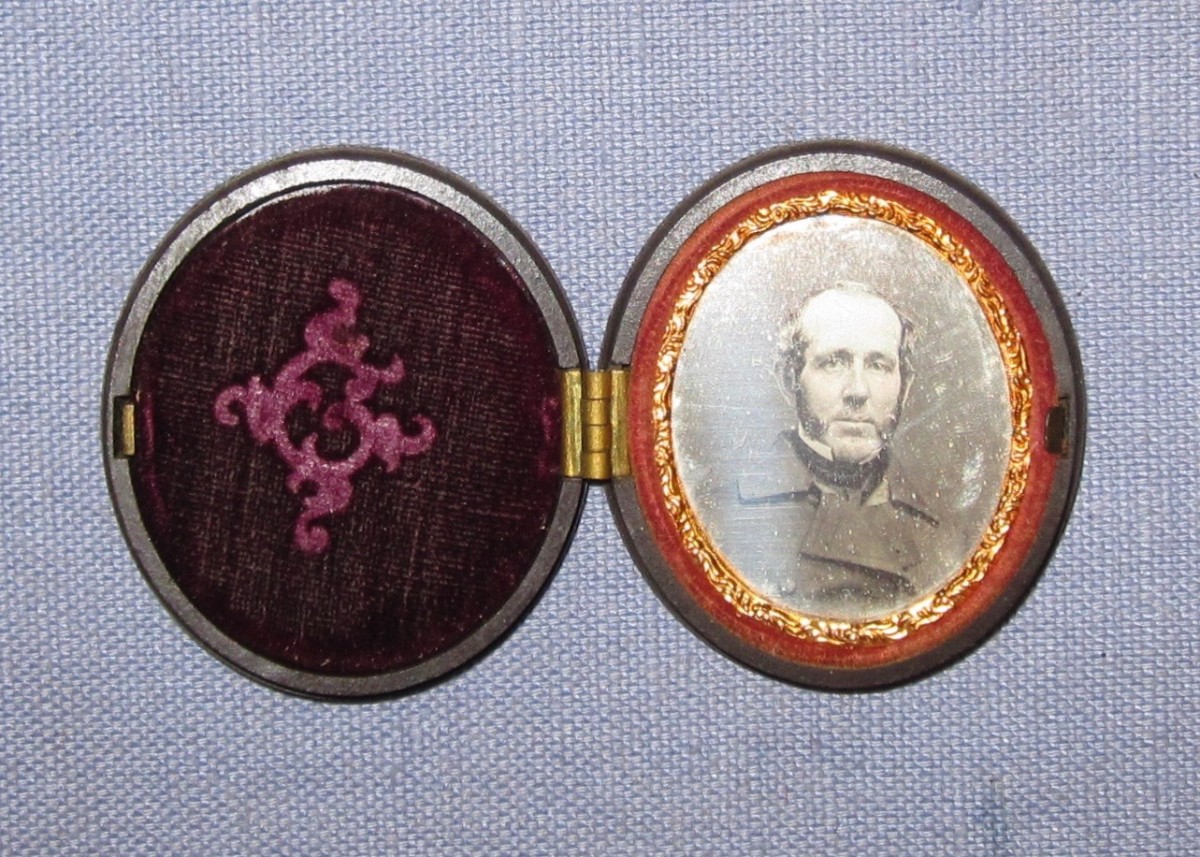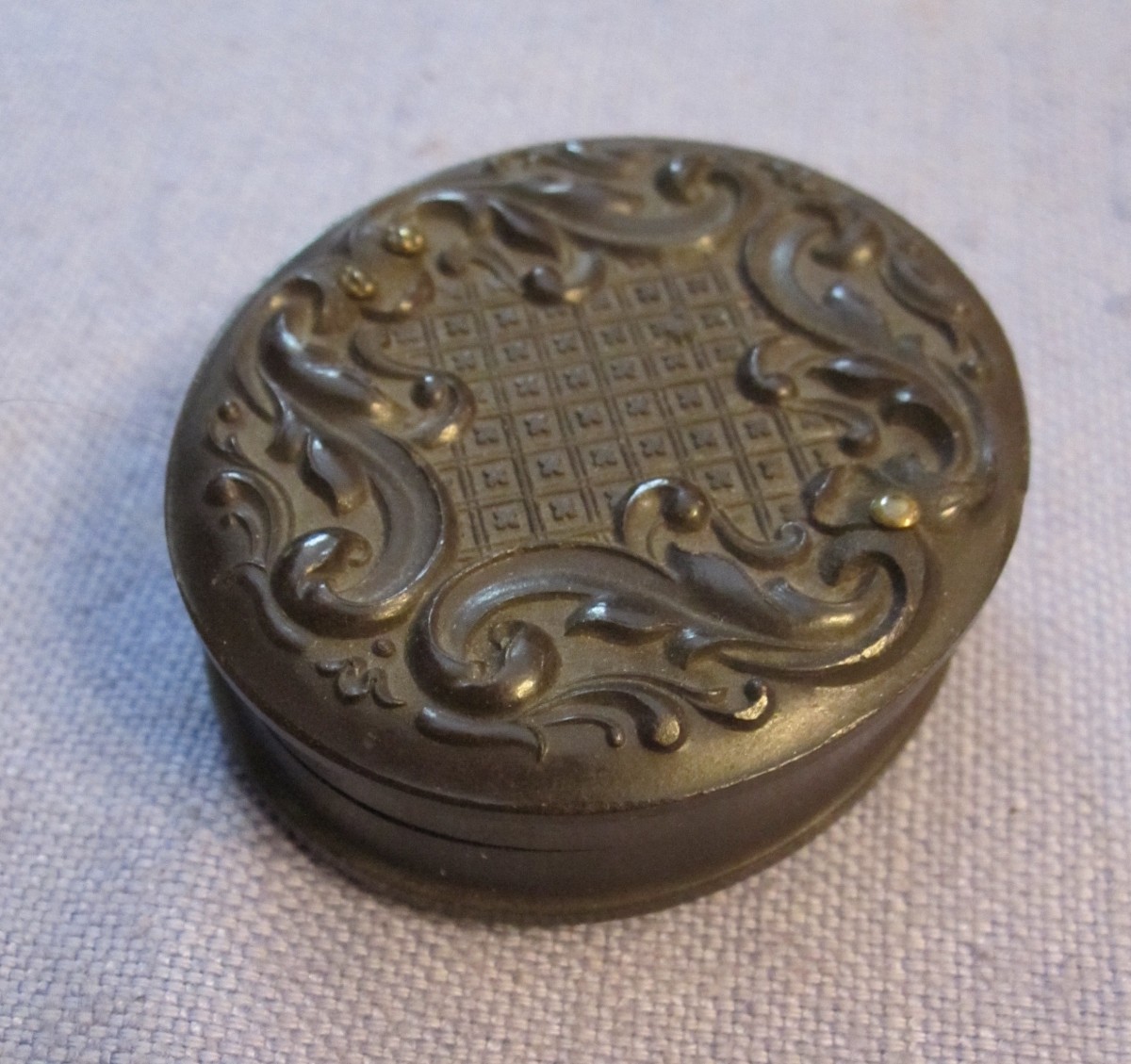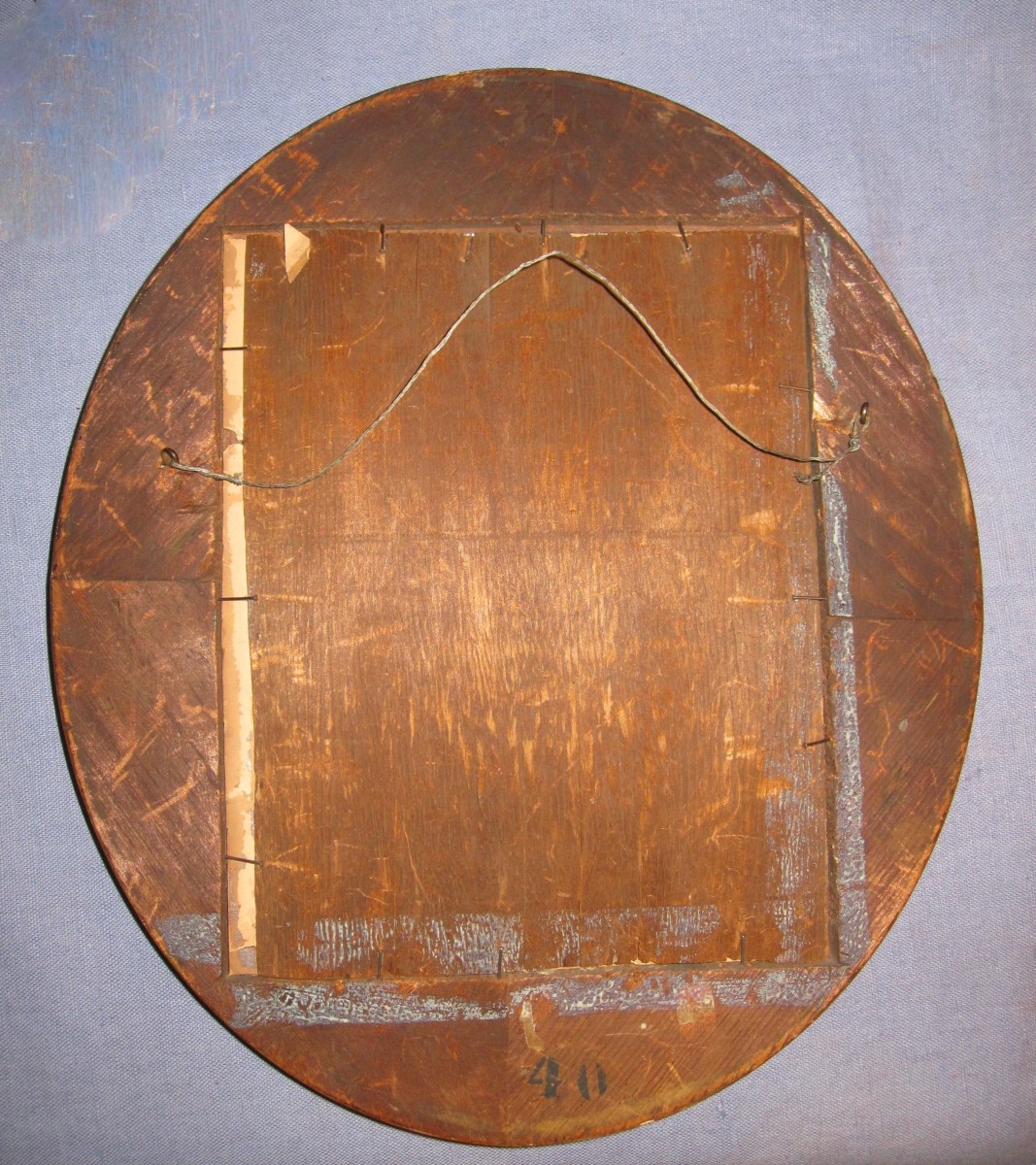- Sorry, this product cannot be purchased.
General Swan’s uniform coat, and accoutrements, along with daguerreotypes of him in civilian clothing, and items related to his wife, etc., from Rochester, New York, 1809 – 1861.
Contact Us About This Product
Description
This archive of historical material is all related to Brigadier General Lansing B. Swan & family, of Rochester, New York. I have tried my best to take a good number of images to reduce the amount of describing all of these items. Please inquire freely with any questions you may have on the collection or a single item.
Probably a brief history is in order first: Lansing B. Swan was born to Joseph and Phebe Swan on May 24, 1809 in Onondaga County, NY. He married Elizabeth Sill Welles, of Utica, NY, on April 14, 1831. They had five children; Abby B.Swan, Elizabeth W. Swan, Henry R. Swan, Albert Swan, and Joseph Swan. In the entire collection there are items from each of the children, some more, some less. In this particular archive, The second daughter Elizabelth, and the youngest son, Joseph is not represented, but there are separate lots for them. Swan’s Father & Mother daguerreotypes are listed separately as well.
Lansing Swan, in his youth, began is business career as a clerk in Utica, working as a Druggist and Grocer, being soon became a partner in the firm of Hitchcock & Swan, about 1827. By 1929, with the death of his partner, as sole proprietor, Swan moved to Rochester in 1829-30. Later he was engaged in a successful water pipe manufacturing business. Whether a clerk, merchant, public officer, industrialist, inventor, or military officer, integrity and honor marked his character, making him a widely respected man in New York. Much more.
General Swan began is military career with the Rochester Union Grays, a local militia company, becoming its first captain and holding that position for 12 years; then a major in the 54th New York Regiment. In 1851, he was appointed by Governor Hunt, to assume command of the 25h Brigade, 7th Division, SNY; a position he held until his death in 1861.
There are numerous newspaper clippings, etc. that will give a more comprehensive account of his life in the archive.
The main component to this group is General Swan’s brigadier frock coat; made to wear in both field, and dress occasions with the simple change from dress epaulets to tie down shoulder rank straps. The 26 buttons on the coat are made by
. The cased epaulets are made my Horstmann Brothers & Co., New York, and use artillery buttons which also act as the unlocking pins to hold epaulets in place. The epaulets snap into place on the shoulder into brass holders that remain on the shoulders permanently. The coat is made of fine dark blue wool, with cuffs and collar made of fine black velvet. The tailors, when making the coat, wrote is name on the silk sleeve lining which was put in reversed so that is how his name appears. Over condition is fine.
The tie down brigadier general shoulder straps, are in very good condition. One of the straps exhibited a good deal of moth damage and was restored. (See photo).
His black bridle leather sword belt and buckle, Pattern 1851, is also in fine condition; with some areas showing a bit more wear than others, some flaking here and there but all nice and tight. The buckle is gilt brass, with applied letters and wreath, and the back of the buckle has been japanned. (Plate 669 in “American Military Belt Plates). The red silk sash is in fine condition with most of the wear showing on the upper section of the tassels. There is also a single spur, the type that locked into the heel of the boot.
There is another sash, and a pair of gauntlets that are badly mouse chewed, with one gauntlet pretty much destroyed, and the sash in several pieces having suffered the same fate. Displayed as they currently are is about the best you can hope for; restoration would largely be a waist of time.
General Swan’s gold medal given by the State Military Association at Albany, is 2 inches high, having a with chased eagle on blue enameled applied shield. The reverse is marked, “L.B. Swan – 1853 – N.Y.S.M.A.” There are no jewelers marks; pin bar. This was given to Swan, the first president of the Association in 1853. This my very well be a unique item, as so far, I have not found any medal collectors – dealers having any knowledge of these. It is in excellent condition.
General Swan became a field grade officer when he joined the 54th New York Regiment in the time frame that this saber was made. Being marked Horstmann Sons & Drucker, New York (a firm that only existed between 1845 and 1849), it has to be assumed this saber was purchased for field use. It was a sword that was designed for cavalry officers field use, but also intended for field grade sabers. The Horstmann Sons & Drucker swords produced during the 1845-49 period compared to just the Horstmann brand alone makes this a very scarce piece. When researching the 1840 Cavalry Officer pattern with short blade, most of these are known to have import blades (and so marked with makers names and cartouches), and most have a double twist of grip wire on sharkskin. The main feature that stands out on these Horstmann pattern sabers is the shape of the hilts, and the embellishments there on. This saber has a few of these characteristics, but most likely a private purchase.
- The saber, the short blade variety having a 31.5 inch blade. Etched panels use panoply of arms on both sides of the blades with fancy floral relief. There are no American motifs, and although no import marks visible, this is most likely an imported blade by Horstmann. There is also a floral-leaf design etched on the spine of the blade that runs nearly the length of the panels. Marks are strong.
- The hilt has no officer grade embellishment, or chasing, only having a gilt finish.
- The grip is sharkskin with the typical 17 turns around the grip; the exception here being triple strands (two plain outer bands with a center strand finely twisted. This was most likely gilt finish as well, and is easily seen in the image of Henry and saber.
- An iron scabbard shows heavy dark patina, and may only have been polished bright when new.
- Overall the condition of the saber is fine with 65-70 percent gilt remaining; sharkskin worn evenly and tight. The blade is gorgeous with just a little scuffing overall, and some minute nicks in the blade edge, that does not detract at all. A fine saber and a scarce one at that.
Images in this archive are numerous, yet there are none of General Swan in uniform.
List of the photos:
- The earliest daguerreotype, a 1/6 plate of Swan has a label attached reading “1848-49,” but could be a bit earlier than 1848. In fine condition, with slight color toning to the cheeks. The leatherette case has self locking/push button closure.
- About the same age in a smaller round dag C-1848 (no later than April of that year as his wife Elizabeth passed away), along with another dag of his wife, both in a gold filled locket. This locket has its original red Moroccan leather case, lined in red velvet and white silk. The images have a diameter of 1 3/8 inches. Fine condition, with some wear to leather and roughness around the hook latch.
- In a gutta percha case of oval, 2 1/4 inches at its widest, is another dag of Swan, circa mid 1850s. A bit more gray and hair thinning. Image and case are excellent.
- Taken at the time in a similarly sized dag, only this one is cased differently. Excellent.
- Displayed in a period and quality oval gilt frame, this albumen photograph has a viewing size of 6 inches height, with frame height being 15 inches. The photo is very good; the frame is super with exception to one small section missing. (see Photo).
- There are two carte de visites of the general; one identical as in the large framed albumen, and another upper bust view seen pictured with the gauntlet and sash. Both are very good condition.
- Swan’s aged father’s cdv image comes with a letter that the elder wrote to his son with Gen. Swan was very sick and near death. (The father had an interesting life, and his daguerreotype portrait and that of his wife (the general’s mother), taken from earlier painted portraits are include as a separate lot on this site).
- Son Henry R. Swan is represented with three images; 2 cdvs and a small unmounted image when younger. (the later could possibly be that of Alfred J Swan, but not sure. The one image of Henry in uniform was taken in Baltimore during the Civil War when he was a lieutenant in the 8th New York Heavy Artillery. (There was another single spur, Civil War period that I assumed was Henry’s, that is in the archives. Included Civil War data records for him.
- There are better than a half dozen cdvs of who I believe are Alfred’s wife, children in in-laws from Utica. I have included Civil War data info on his as well as an original new clipping from a period paper
- The remainder of images, all carte de visites, are of unknown family and acquaintances from the Civil War era, some later. Easily another 20-25 cartes and few tintypes.
Paper includes:
- A forwarding letter dated November 3rd, 1838, from the U.S. Patent Office, “Enclosed you will receive your patent which has been (then in manuscript) Duly Recorded.”
- A small card with the name of Hitchcock & Swan, Druggist & Grocers, etc…along with a small piece of paper noted significant dates relating to his business in that firm;
- An 1847 receipt to Gen. Swan’s wife, Elizabeth, for making a dress, etc., and a manuscript Christmas Program listing the procession of those participating in the program in the same year – Mrs. Swan was a participant and the next morning “was attacked with the sickness which terminated her life June 18, 1848.” This paper has a news clipping about her death; Other objects include a small brass stencil for “A.B.Swan” (their first daughter), and an engraved trunk plaque, identified to her daughter, “Miss E. W. Swan.”
- Illustrated letterhead/letter to Mrs.(?) L.B. Swan from the NYSMA, dated Jan. 24, 1862 (one year after the general’s death) where the Corresponding Secretary Hiram Roose, is forwarding a recent resolutions adopted by the Association in honor of respect they had for the general;
- A Feb. 3rd, 1862 letter from the Rochester Savings Bank in what amounts to conveying their sadness and respect for the loss;
- Finally, a book entitled, “JOURNAL Of A Trip to Michigan In 1841, By L.B. Swan, Rochester, 1904.” A small format book, “TWO HUNDRED COPIES PRINTED FOR GEORGE P. HUMPHREY, ROCHESTER, NEW YORK 1904′” this being No. “6” in the run, and initialed “G.P.H.” Hard paper covered, printed by The Herald, Rochester, 53 pages. (GPH, I am assuming this was a grandson to the late general, and the son of George W. Humphrey, the son-in-law to the general by marriage to the laters daughter Elizabeth W. Swan). Nice tight copy, only an ink stain on the cover. (Their family lot is listed elsewhere on this site).
- Included is a good amount of original news paper clippings, research papers, etc.
Look for other material from the Swan family on this site for sale. I felt it important to keep a good group together of the family, but financially it did no compute.
Additional information
| Weight | 40 lbs |
|---|







































































































